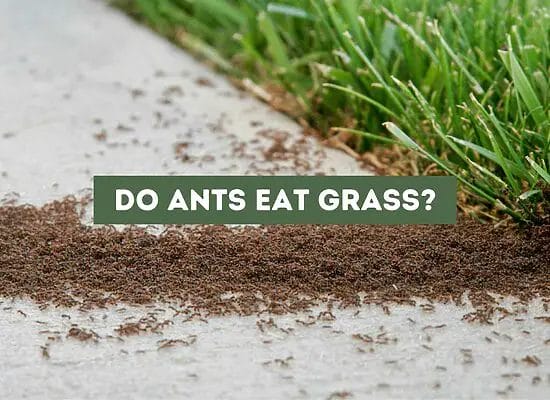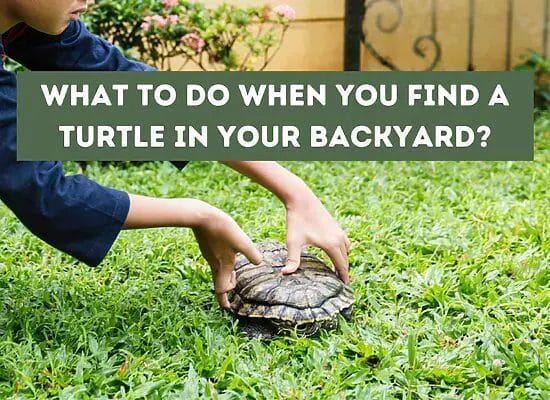
Have you ever wondered how high can a raccoon jump? These little critters are known for their agility and resourcefulness, but just how high can they leap? According to experts, raccoons can jump up to 40 feet in the air without sustaining any injuries. That’s equivalent to a four-story building!
While raccoons may not be the first animal that comes to mind when you think of impressive jumpers, their ability to scale trees and leap from great heights is truly remarkable. They use their sharp claws to climb up to the highest branches and then launch themselves into the air, landing gracefully on the ground below. In fact, raccoons are so adept at jumping that they can easily clear fences and other obstacles that might stand in their way.
So, why do raccoons need to jump so high? One reason is that they are natural climbers and spend a lot of time in trees, searching for food and shelter. Another reason is that they are often pursued by predators such as dogs and coyotes, and jumping to safety is one of their best defense mechanisms. Whatever the reason, there’s no denying that raccoons are impressive jumpers with incredible strength and agility.
Key takeaways:
- Raccoons can jump up to 40 feet in the air without sustaining injuries, which is equivalent to a four-story building.
- Raccoons are natural climbers and spend a lot of time in trees, using their sharp claws to climb to the highest branches and then launching themselves into the air.
- Raccoons can easily clear fences and other obstacles that might stand in their way due to their impressive jumping abilities.
- Raccoons have unique physical abilities, including climbing skills, jumping abilities, and adaptability to different environments.
- They can climb trees, walls, and even buildings with ease thanks to their sharp claws and strong hind legs.
- Raccoons can jump up to three feet vertically and up to nine feet horizontally in a single leap, using their hind legs to propel themselves forward.
- Raccoons are highly adaptable creatures that can survive in forests, urban areas, and even deserts, thanks to their physical abilities such as sharp claws, climbing skills, and swimming ability.
Raccoon’s Physical Abilities
Raccoons are known for their unique physical abilities that allow them to climb, jump, and adapt to different environments. In this section, we will explore some of their remarkable physical abilities, including their climbing skills, jumping abilities, and adaptability.
Climbing Skills
Raccoons are excellent climbers, thanks to their sharp claws and hind legs. They can climb trees, walls, and even buildings with ease. Their hind legs are longer and stronger than their front legs, which allows them to climb vertically and balance themselves on narrow branches. Their claws are also sharp and curved, which helps them grip onto surfaces and climb.
Jumping Abilities
While raccoons may not be able to jump as high as cats or rabbits, they are still impressive jumpers. They can jump up to three feet vertically and up to nine feet horizontally in a single leap. Raccoons use their hind legs to propel themselves forward, and their short front legs to guide their landing. They can also jump from high places without injuring themselves, as they have a unique ability to absorb shock.
Adaptability
Raccoons are highly adaptable creatures that can survive in a variety of environments. They are found in forests, urban areas, and even deserts. Their physical abilities allow them to adapt to these environments easily. For example, their black masks and heavy fur coats protect them from the sun and predators in desert environments. Their sharp claws and climbing skills help them navigate urban areas, while their ability to swim and catch fish makes them well-suited for aquatic environments.
How High Can a Raccoon Jump
Raccoons are known for their climbing abilities, but they are also impressive jumpers. They use their powerful hind legs to propel themselves into the air, whether it’s to reach a high tree branch or to escape from a predator. In this section, we’ll explore just how high a raccoon can jump.
On average, a raccoon can jump up to 5 feet (1.5 meters) from the ground. This is enough for them to clear most fences or obstacles in their path. However, some raccoons have been known to jump even higher, up to 7 feet (2.1 meters) in some cases. This is especially true for younger raccoons, who are more agile and have more energy.
When it comes to jumping from higher elevations, raccoons are equally impressive. They can jump from heights of up to 40 feet (12 meters) without sustaining any injuries. This is because they are able to absorb the impact of the fall with their strong hind legs and flexible body.
It’s worth noting that raccoons don’t usually jump straight up into the air. Instead, they tend to jump horizontally, using their momentum to clear obstacles or reach higher ground. This is because their large size and weight make it difficult for them to jump straight up.
If you’re trying to keep raccoons out of your garden or yard, it’s important to take their jumping abilities into account. Make sure your fences are high enough to prevent them from jumping over and consider adding a deterrent such as motion-activated sprinklers or lights to keep them away.
Raccoon’s Environment and Behavior
Raccoons are highly adaptable mammals that can thrive in various environments. They are primarily nocturnal creatures, which means they are most active during the night. In this section, we will discuss the environment and behavior of raccoons, including their urban lifestyle, nocturnal habits, foraging, and hunting.
Urban Raccoons
Raccoons are known for their ability to adapt to urban environments. They can be found in cities and suburbs, where they make their homes in attics, chimneys, and crawl spaces. They are attracted to urban areas because of the abundance of food sources, including garbage cans, pet food, and bird feeders. In urban areas, raccoons are often considered pests and can cause damage to property and homes.
Nocturnal Habits
Raccoons are primarily nocturnal animals, which means they are most active during the night. They have excellent night vision and are able to navigate in the dark using their keen sense of smell and touch. During the day, raccoons will often sleep in dens, hollow trees, or other protected areas. They are also known to be solitary animals, but they may occasionally form small groups.
Foraging and Hunting
Raccoons are opportunistic feeders and will eat almost anything they can find. They are omnivores, which means they eat both plants and animals. Their diet includes fruits, nuts, insects, small animals, and even garbage. Raccoons are also skilled hunters and are able to catch small animals such as mice, rats, and birds.
When foraging for food, raccoons will often use their front paws to manipulate objects. They have very dexterous hands and are able to open containers, turn doorknobs, and even untie knots. In urban areas, raccoons have been known to raid garbage cans and steal pet food.
Can a Raccoon Jump Over My Fence?
If you’re worried about raccoons jumping over your fence, you’re not alone. Raccoons are known for their climbing ability, but can they jump high enough to clear your fence? The answer is yes and no.
Raccoons are able to jump up to 3 feet high (0.9 meters) and can easily scale a 6-foot (1.8 meters) fence. However, they are not great jumpers and won’t typically jump over a fence unless they can’t find another way to get around it.
Instead, raccoons will often climb up and over fences using their sharp claws and agile bodies. They can easily climb trees, walls, and even downspouts to gain access to your yard or property.
To keep raccoons out of your yard, it’s important to make sure your fence is in good condition. Check for any holes or gaps that a raccoon could squeeze through and repair them as soon as possible. You may also want to consider installing an electric fence or adding a barrier at the top of your fence to prevent raccoons from climbing over.
Another way to deter raccoons from jumping over your fence is to make your yard less appealing to them. Keep your garbage cans securely closed and remove any fallen fruit or nuts from your yard. Raccoons are attracted to food sources, so removing them can make your yard less attractive to these critters.
FAQ: How High Can a Raccoon Jump?
What is the maximum height a raccoon can jump?
Raccoons are skilled climbers and jumpers, and they can jump up to three times their body length. However, their jumping ability is limited by their short, stubby legs, and they can only jump a short distance straight up. They can leap vertically a couple of feet, four at the most.
How does a raccoon’s jumping ability compare to other animals?
Raccoons are not the best jumpers in the animal kingdom, but they are still quite impressive. They can jump higher than most other mammals of their size, such as squirrels and rats. However, they cannot jump as high as feline animals would, such as cats.
Can raccoons jump over fences?
Yes, raccoons can jump over fences, but they may not jump as high as other animals would. They are more likely to jump horizontally or climb up and over the fence. Raccoons are very agile animals, and they can pretty much scale most houses and fences.
What is the average distance a raccoon can jump?
The average distance a raccoon can jump is about 10 feet from a height and up to 5 feet from the ground. However, their jumping ability depends on various factors, such as their age, weight, and health.
Are raccoons able to jump onto roofs?
Yes, raccoons are capable of jumping onto roofs. They can climb up trees, gutters, and downspouts to get onto the roof. Once on the roof, they can easily jump from one roof to another.
How does a raccoon’s jumping ability help it survive in the wild?
Raccoons’ jumping ability helps them to escape from predators, climb trees to find food, and move from one place to another. They can also use their jumping ability to access food sources, such as bird feeders and garbage cans. Raccoons are clever creatures and can adapt to their environment, using their jumping ability as one of their survival skills.












